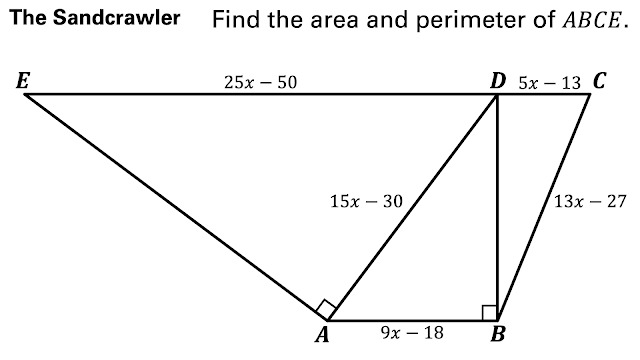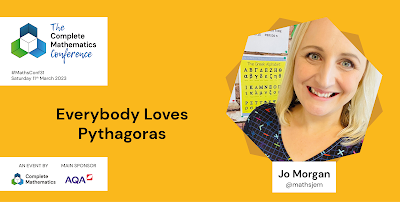 Welcome to my 167th gems post. This is where I share some of the latest news, ideas and resources for maths teachers.
Welcome to my 167th gems post. This is where I share some of the latest news, ideas and resources for maths teachers.It’s awesome how how Ss can explore greatest common factor of any set of numbers in @MathigonOrg #Polypad — especially when number fact fluency isn’t quite there yet. For many Ss, automaticity can develop through playful explorations like these! https://t.co/HgqAGlaGXg #MTBoS… https://t.co/Zk8W8FU5mG pic.twitter.com/wZ5QHE8HwV
— Tim Brzezinski (@TimBrzezinski) February 12, 2023
How does scaling a hexagon's side length impact the 4 animations on Polypad? What will stay the same? What will change?
— David Poras (@davidporas) February 17, 2023
Learn about these new features in the latest "What's New" video at https://t.co/oSXzdL2Bq4@MathigonOrg @desmosclassroom @Amplify #iteachmath #mtbos pic.twitter.com/JAzZnsIJLM
Visually solving equations w/fractions as coefficients in @MathigonOrg #PolyPad. https://t.co/vgrvly7vVK @desmosclassroom @Amplify #math #MTBoS #ITeachMath #algebra pic.twitter.com/2bXs2Gk6fP
— Tim Brzezinski (@TimBrzezinski) February 17, 2023
@mathsmrgordon has shared a set of fingertip knowledge documents for Foundation Tier GCSE. These are like self-quizzable knowledge organisers, similar to my Knoweldge Quiz books, but with calculations as well as factual recall.
3. Standard Form
@nathanday314 continues to produce amazing resources. His Calculations with Standard Form Booklet is full of excellent tasks with loads of challenge. Here are a couple of examples:
I'm a sucker for a pretty graphic - and how pretty are these! https://t.co/epPwAsVG2j
— Christine Norledge (@MissNorledge) January 29, 2023
So many fab comics on here for Mechanics and Physics #mathsTLP pic.twitter.com/R2q8KbvnpH
Created this table fill for velocity-time graphs pic.twitter.com/fecWPsOCGW
— Miss E (@Miss_R_Em) August 25, 2022
5. Same and Different
Thank you to @KarenCampe for sharing her brilliant blog post 'Same and Different'. This post is about a thinking strategy Karen uses for discussion in her lessons in which she asks students to compare and analyse features of two mathematical situations. Here are a few examples.
The first shows two subtraction problems: 5 – 2 (top) and 2 – 5 (bottom).
- Ten Videos for Maths Lessons
- Area in Depth (sharing an exciting new video from me and Craig Barton, sponsored by AQA)
- Ratio by Sam Blatherwick (a #doseofdon post)
- I discovered a website drolivermathematics.com which features numerous resources including condensed papers for GCSE, A level and AQA Certificate in Further Maths. This is great for reducing printing costs, and I like the way the solutions are set out.
- I made a Year 11 final stretch calendar for my team to help them plan their remaining time with Year 11. Feel free to download and edit this for your school if it helps.
- @draustinmaths has been creating loads of new resources including some for indices, similarity, trig graphs and recurring decimals. Check out her website draustinmaths.com to download her resources.
- @Arithmaticks shared a great blog post 'Year 11 Staple Challenge' about a clever way to use past papers with GCSE students.
- @MattTheApp shared an exciting new feature on his website: a blank whiteboard interface with a large range of tools. It has everything from a protractor to a number line to an onscreen timer.














I use CorbettMaths in different ways a lot. The worksheet is displayed on the laptop and they have to write down the answers to the questions on a sheet of paper. Alternatively they are told to tell me what the right answer is. Another way is to ask them to make a note of the correct answer in either in their heads or in their exercise books. They also have to describe how they arrived at that answer. The method must be explained clearly. I decide who wins. I have a bag of prizes.
ReplyDeleteFor the sandcrawler angle DCB needs to be shown as a right angle and we assume CE is a straight line. Note that with that right angle x=27 :)
ReplyDeletehttps://mathsspot.com
ReplyDelete